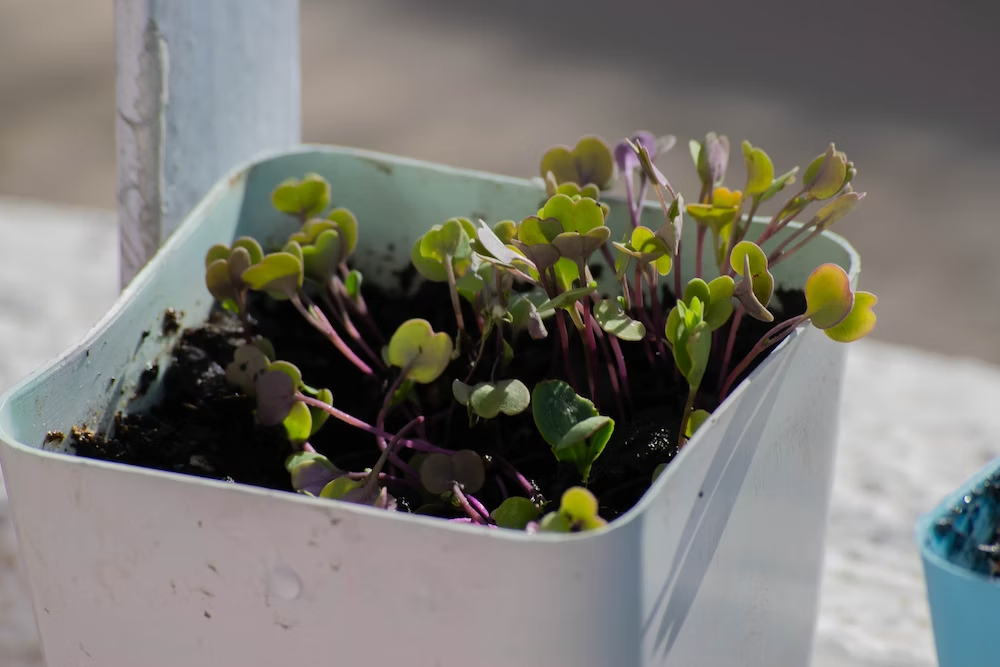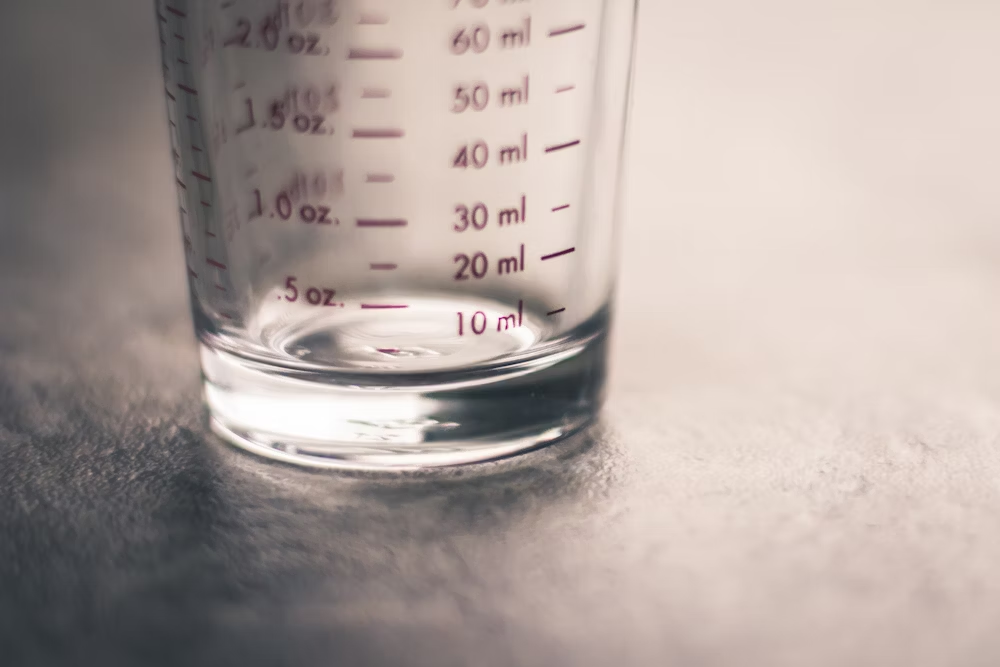Dependent vs. Independent Variables in Research
- Introduction
- Independent and dependent variables in research
- Can qualitative data have independent and dependent variables?
Introduction
Experiments rely on capturing the relationship between independent and dependent variables to understand causal patterns. Researchers can observe what happens when they change a condition in their experiment or if there is any effect at all.
It's important to understand the difference between the independent variable and dependent variable. We'll look at the notion of independent and dependent variables in this article. If you are conducting experimental research, defining the variables in your study is essential for realizing rigorous research.

Independent and dependent variables in research
In experimental research, a variable refers to the phenomenon, person, or thing that is being measured and observed by the researcher. A researcher conducts a study to see how one variable affects another and make assertions about the relationship between different variables.
A typical research question in an experimental study addresses a hypothesized relationship between the independent variable manipulated by the researcher and the dependent variable that is the outcome of interest presumably influenced by the researcher's manipulation.
Take a simple experiment on plants as an example. Suppose you have a control group of plants on one side of a garden and an experimental group of plants on the other side. All things such as sunlight, water, and fertilizer being equal, both plants should be expected to grow at the same rate.
Now imagine that the plants in the experimental group are given a new plant fertilizer under the assumption that they will grow faster. Then you will need to measure the difference in growth between the two groups in your study.
In this case, the independent variable is the type of fertilizer used on your plants while the dependent variable is the rate of growth among your plants. If there is a significant difference in growth between the two groups, then your study provides support to suggest that the fertilizer causes higher rates of plant growth.

What is the key difference between independent and dependent variables?
The independent variable is the element in your study that you intentionally change, which is why it can also be referred to as the manipulated variable.
You manipulate this variable to see how it might affect the other variables you observe, all other factors being equal. This means that you can observe the cause and effect relationships between one independent variable and one or multiple dependent variables.
Independent variables are directly manipulated by the researcher, while dependent variables are not. They are "dependent" because they are affected by the independent variable in the experiment. Researchers can thus study how manipulating the independent variable leads to changes in the main outcome of interest being measured as the dependent variable.
Note that while you can have multiple dependent variables, it is challenging to establish research rigor for multiple independent variables. If you are making so many changes in an experiment, how do you know which change is responsible for the outcome produced by the study? Studying more than one independent variable would require running an experiment for each independent variable to isolate its effects on the dependent variable.
This being said, it is certainly possible to employ a study design that involves multiple independent and dependent variables, as is the case with what is called a factorial experiment. For example, a psychological study examining the effects of sleep and stress levels on work productivity and social interaction would have two independent variables and two dependent variables, respectively.
Such a study would be complex and require careful planning to establish the necessary research rigor, however. If possible, consider narrowing your research to the examination of one independent variable to make it more manageable and easier to understand.
Independent variable examples
Let's consider an experiment in the social studies. Suppose you want to determine the effectiveness of a new textbook compared to current textbooks in a particular school.
The new textbook is supposed to be better, but how can you prove it? Besides all the selling points that the textbook publisher makes, how do you know if the new textbook is any good? A rigorous study examining the effects of the textbook on classroom outcomes is in order.
The textbook given to students makes up the independent variable in your experimental study. The shift from the existing textbooks to the new one represents the manipulation of the independent variable in this study.

Dependent variable examples
In any experiment, the dependent variable is observed to measure how it is affected by changes to the independent variable. Outcomes such as test scores and other performance metrics can make up the data for the dependent variable.
Now that we are changing the textbook in the experiment above, we should examine if there are any effects.
To do this, we will need two classrooms of students. As best as possible, the two sets of students should be of similar proficiency (or at least of similar backgrounds) and placed within similar conditions for teaching and learning (e.g., physical space, lesson planning).
The control group in our study will be one set of students using the existing textbook. By examining their performance, we can establish a baseline. The performance of the experimental group, which is the set of students using the new textbook, can then be compared with the baseline performance.
As a result, the change in the test scores make up the data for our dependent variable. We cannot directly affect how well students perform on the test, but we can conclude from our experiment whether the use of the new textbook might impact students' performance.

How do you know if a variable is independent or dependent?
We can typically think of an independent variable as something a researcher can directly change. In the above example, we can change the textbook used by the teacher in class. If we're talking about plants, we can change the fertilizer.
Conversely, the dependent variable is something that we do not directly influence or manipulate. Strictly speaking, we cannot directly manipulate a student's performance on a test or the rate of growth of a plant, not without other factors such as new teaching methods or new fertilizer, respectively.
Understanding the distinction between a dependent variable and an independent variable is key to experimental research. Ultimately, the distinction can be reduced to which element in a study has been directly influenced by the researcher.
Other variables
Given the potential complexities encountered in research, there is essential terminology for other variables in any experimental study. You might employ this terminology or encounter them while reading other research.
A control variable is any factor that the researcher tries to keep constant as the independent variable changes. In the plant experiment described earlier in this article, the sunlight and water are each a controlled variable while the type of fertilizer used is the manipulated variable across control and experimental groups.
To ensure research rigor, the researcher needs to keep these control variables constant to dispel any concerns that differences in growth rate were being driven by sunlight or water, as opposed to the fertilizer being used.

Extraneous variables refer to any unwanted influence on the dependent variable that may confound the analysis of the study. For example, if bugs or animals ate the plants in your fertilizer study, this was greatly impact the rates of plant growth. This is why it would be important to control the environment and protect it from such threats.
Finally, independent variables can go by different names such as subject variables or predictor variables. Dependent variables can also be referred to as the responding variable or outcome variable. Whatever the language, they all serve the same role of influencing the dependent variable in an experiment.
Can qualitative data have independent and dependent variables?
The use of the word "variables" is typically associated with quantitative and confirmatory research. Naturalistic qualitative research typically does not employ experimental designs or establish causality. Qualitative research often draws on observations, interviews, focus groups, and other forms of data collection that are allow researchers to study the naturally occurring "messiness" of the social world, rather than controlling all variables to isolate a cause-and-effect relationship.
In limited circumstances, the idea of experimental variables can apply to participant observations in ethnography, where the researcher should be mindful of their influence on the environment they are observing.
However, the experimental paradigm is best left to quantitative studies and confirmatory research questions. Qualitative researchers in the social sciences are oftentimes more interested in observing and describing socially-constructed phenomena rather than testing hypotheses.
Nonetheless, the notion of independent and dependent variables does hold important lessons for qualitative researchers. Even if they don't employ variables in their study design, qualitative researchers often observe how one thing affects another. A theoretical or conceptual framework can then suggest potential cause-and-effect relationships in their study.





